Weapons under the ban. Part of 8. Chemical weapon
The fact that certain substances and objects of their burning can be deadly, even the ancients knew. Scientists have suggested that the ancient Persians were the first to use chemical weapons against their enemies. Simon James, a British archaeologist from the University of Leicester, discovered that Persian troops used poisonous gases during the siege of the city of Dura in eastern Syria as early as the 3rd century BC. The city was occupied by Roman troops. The theory of Simon James was based on the study of the remains of 20 Roman soldiers, which were found at the base of the city wall.
According to the theory of the archaeologist, the Persians used the digging under the walls to capture Dura. At the same time, the Romans dug their own tunnels to attack the besiegers. At that moment, when the Roman soldiers entered the tunnel, the Persians simply set fire to bitumen and sulfur crystals, the result was the formation of thick, toxic smoke. Within a few seconds, the Roman soldiers lost consciousness, and after a few minutes they died. The results of the archaeological excavations carried out in Dur tell us that the Persians were no less skilled at sieging the fortresses than the Romans, and used even the toughest techniques, notes Dr. James.
However, the First World War was a real “high point” for chemical weapons. 22 April 1915 was the first time German troops used chemical weapons to destroy enemy soldiers for the first time in the 20th century. In just a few minutes 8 they fired on the opposing Anglo-French forces 5730 cylinders, which contained tons of chlorine 180. A cloud of greenish color silently covered the enemy's position. As a result of this chemical attack, about 5 thousands of people died on the spot, and 10 thousands more suffered serious damage to the eyes, lungs and other internal organs. This chemical attack forever entered into history Wars, as “a black day have Ypres.” During the First World War, the German troops used poison gas more than 50 times, the French - 20 times, the British - 150 times.
In the Russian Empire, the construction of plants that could produce chemical weapons, began only in August 1915 year. However, in the Soviet Union much more attention was paid to this type of weapon. As a result, by 1990, our country had the world's largest reserves of organic substances (more than 39 thousand tons). Most of these chemical warfare agents were represented by mustard gas, lewisite, a mixture of mustard gas and lewisite, soman, sarin and VX. In 1993, the Russian Federation signed, and in 1997, it ratified the CWC - the Convention on the Prohibition of Chemical Weapons. Since then, Russia has been in the process of systematically destroying the agents accumulated over many years. The deadlines for the complete destruction of the stockpiles of Russian chemical weapons were repeatedly transferred. According to experts, it can be completely destroyed no earlier than 2017-2019.
Ban
Chemical weapons were tried to be banned several times. The first time this happened in 1899 year. Article 23 of the Hague Convention 1899 of the year referred to the prohibition of the use of ammunition, the sole purpose of which is poisoning enemy personnel. However, the existence of this ban did not affect the use of chemical weapons during the First World War. The second time chemical weapons were banned by the Geneva Protocol 1925 of the year. But the Geneva Convention from 1925, the year was not able to stop the use of chemical weapons.
So, in 1938, Japan repeatedly used mustard gas and other toxic substances during the war in China. As a result of the use of chemical weapons by Japanese troops, at least 50 thousands of people died. Subsequently, chemical weapons were repeatedly used in the 1980s during the Iran-Iraq war, and both sides of the conflict used it.
Finally, the third document banning the use of chemical weapons was the Convention on the Prohibition of the Development, Production, Stockpiling and Use of Chemical Weapons and on Their Destruction of 1993. The Convention entered into force on April 29 1997. It was she who became the first truly successful. As early as July 2010, 60% of all stocks of existing chemical weapons were destroyed on the planet. As of January 2012, this convention was signed by 188 countries of the world.
However, the presence of this convention did not put an end to the use of chemical weapons. In the 2013 year, during the civil war that unfolded in Syria, several cases of the use of toxic substances were recorded. Under pressure from the UN, the Syrian leadership was forced to adopt the convention of the 1997 year. The destruction of existing stocks of Syrian chemical weapons (approximately 1300 tons) took Russia and the United States.
Used chemical weapons (CW) and terrorists. The most famous terrorist attack using XO is a gas attack on the Tokyo metro that occurred in 1995. The organizer of the attack was the Japanese sect Aum Shinrikyo, which used sarin for its own purposes. As a result of this terrorist attack, 12 people died, more than 5 thousands of people were injured.
Chemical weapons
It should be noted that various toxic substances for a long time were not considered by the military seriously as one of the means of warfare. The situation changed only after it became possible to manufacture and store them in sufficient for war purposes. You can also note the fact that chemical weapons are the only weapons of mass destruction that they tried to prohibit even before their use began. However, as was the case with other types of weapons of mass destruction, this stopped very few people. As a result, a chemical attack conducted by the Germans 22 on April 1915 in the area of the city of Ypres and the rapid development of various toxic substances in the 20th century. It was the attack on Yprom that practically marked the birthday of chemical weapons.
The most massively chemical weapons were used during the First World War. In total, until the end of the war, about 180 thousand tons of various chemical agents were released. And the total losses from the use of chemical weapons by parties to the conflict are estimated at 1,3 million people, of whom about 100 thousand people died. The use of various warfare agents during World War I was the first recorded violation of the Hague Declaration of 1899 and 1907. At the same time, the United States refused to support the 1899 conference of the year in the Hague. While Germany, France, Russia, Italy, Japan agreed with the declaration of the year 1899, and in the year 1907 they were joined by the United Kingdom.
The result of these declarations was that the parties agreed not to use nerve and paralytic and asphyxiation gases for military purposes. At the same time, 27 of October 1914 of the year Germany used ammunition that was filled with shrapnel mixed with an irritating powder. At the same time, the Germans referred to the exact wording of the declaration (the use of ammunition, the only purpose of which was poisoning enemy personnel, was forbidden), citing their actions by the fact that this application was not the only purpose of this attack. The same applies to the use of non-lethal tear gas, which was used by France and Germany in the second half of 1914.
In total for the 4 year of the conflict, chemical weapons had time to significantly improve. Began to use a mixture of chlorine with chloropicrin or phosgene. Subsequently, hydrocyanic acid, diphenylchloroarsine, arsenic trichloride were released. The British invented gas guns that could shoot mines filled with poisonous stuffing. The Germans used the first skin-blistering agent synthesized as early as 1822, spraying it on 12 July 1917, in the region of the same ill-fated Ypres. The poison was used against the Anglo-French forces. By the name of the river it was called "mustard gas", and the British called it also "mustard gas" because of its peculiar smell. Russian troops during the implementation of the famous Brusilovsky breakthrough in June 1916, suppressed the enemy’s artillery batteries with shells filled with phosgene and chloropicrin.
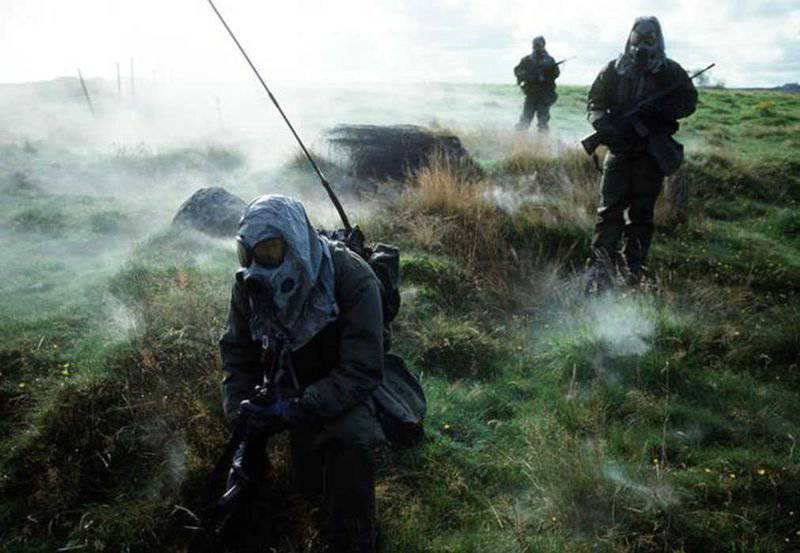
In the period between the two world wars, all the leading powers of the world carried out active development in the field of chemical weapons. So the Americans got fellow mustard gas according to the method of destruction, a new toxic substance called lewisite. In Nazi Germany, during the search for an insecticide, the first organophosphorus agent was created, which was called the herd. Work in this direction did not stop even after the Second World War, when one of the deadliest substances on the planet, VX (Wee-Ex), was born.
How do lethal poisonous substances act
Nerve agent (VX, soman, sarin, herd).
Nerve agents break the work of the human nervous system. A poisoned person has convulsions that go into paralysis. Signs of poisoning are: miosis (constriction of the pupils), blurred vision, heaviness in the chest, difficulty breathing, and the appearance of a headache. With the defeat through the skin, signs of poisoning can appear in a person only after 24 hours.
Skin blistering (lewisite, mustard).
They affect human skin (lead to the formation of ulcers), respiratory tract, lungs, eyes. If agents enter the human body with food and water, then internal organs, mainly the digestive system, are affected. Signs of departure: redness of the skin, the appearance of small bubbles. They appear in a few hours.
Suffocating (chlorine, phosgene and diphosgene).
These agents affect the lung tissue, causing toxic edema of the lungs in humans. The hidden period can last up to 12 hours. Signs of poisoning are: sweet taste in mouth, dizziness, weakness, cough. In case of chlorine poisoning: redness, burning and swelling of the eyelids, as well as the mucous membrane of the mouth and upper respiratory tract.
Generally toxic (hydrocyanic acid, cyan chloride).
These agents, entering the human body, violate the transfer of oxygen from the blood to the tissues. They are one of the fastest poisonous substances. Signs of poisoning: burning and metallic taste in the mouth, tingling in the eye area, numbness of the tip of the tongue, scratching the throat, weakness, dizziness.
Organizational conclusions
Already during the First World War, the main drawbacks that were inherent in chemical weapons were quite clearly formulated. Firstly, such a weapon was very dependent on mets. For the attack had to wait for the onset of suitable conditions. The slightest change in the direction of the wind and now the toxic substances are flying in the direction or even on the attackers themselves (real precedents). At the same time, hydrocyanic acid very quickly decomposes at high humidity and under direct sunlight. Secondly, chemical weapons proved ineffective against troops dispersed in the area. Thirdly, according to the results of the analysis, the losses incurred from chemical weapons did not exceed the similar losses from ordinary artillery fire.
Significantly reduced the demand for CW and the continuous development of means of collective and individual protection. Modern gas masks, unlike their distant predecessors of the beginning of the last century, are able to effectively restrain the majority of agents. Adding here specialized protective clothing, modern means of degassing and antidotes, the low popularity of chemical weapons for conducting full-scale hostilities becomes clear.
A separate and very serious problem was the production and long-term storage of various chemical munitions, as well as the process of their subsequent disposal. Accidents that occurred in parts of this technological chain sometimes resulted in significant human casualties. Therefore, it is not surprising that in 1993 in Geneva, the leading countries of the world decided to sign the Convention on the prohibition of the development, production, stockpiling and use of chemical weapons and on their destruction.
Information sources:
http://www.popmech.ru/technologies/13660-oruzhie-vne-zakona-10-zapreshchennykh-vooruzheniy/#full
http://ria.ru/infografika/20140821/1020200443.html
http://www.dogswar.ru/armii-mira/vooryjenie/3577-istoriia-himicheskog.html?showall=1
http://www.grandars.ru/shkola/bezopasnost-zhiznedeyatelnosti/himicheskoe-oruzhie.html
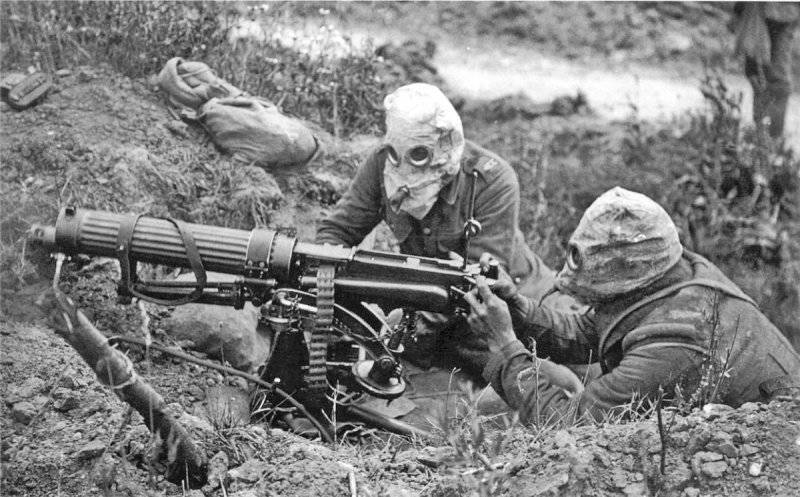
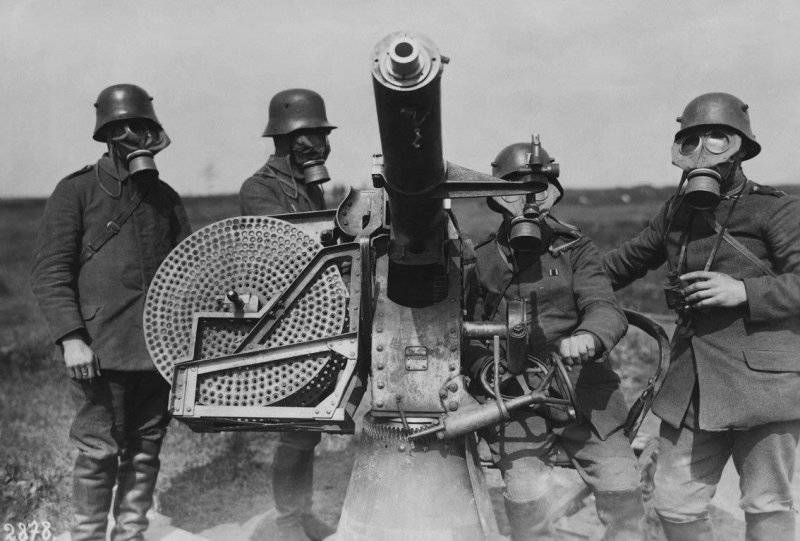
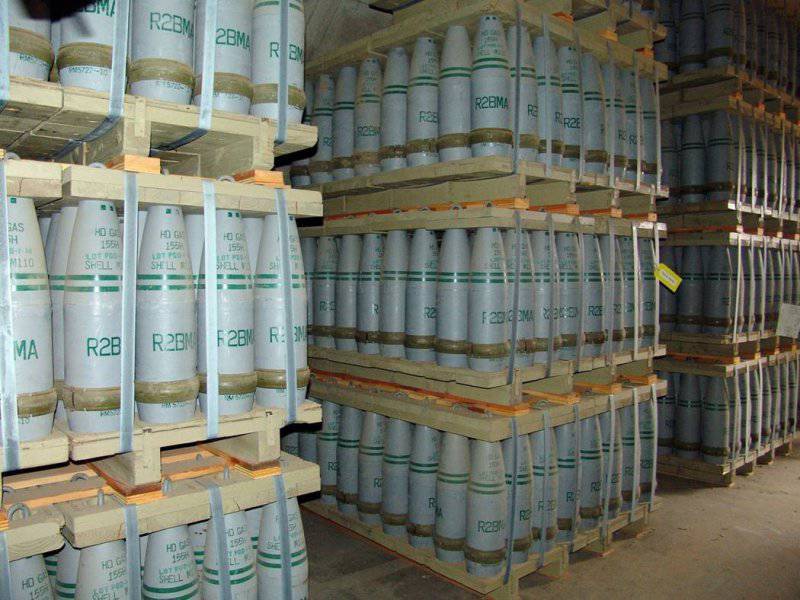
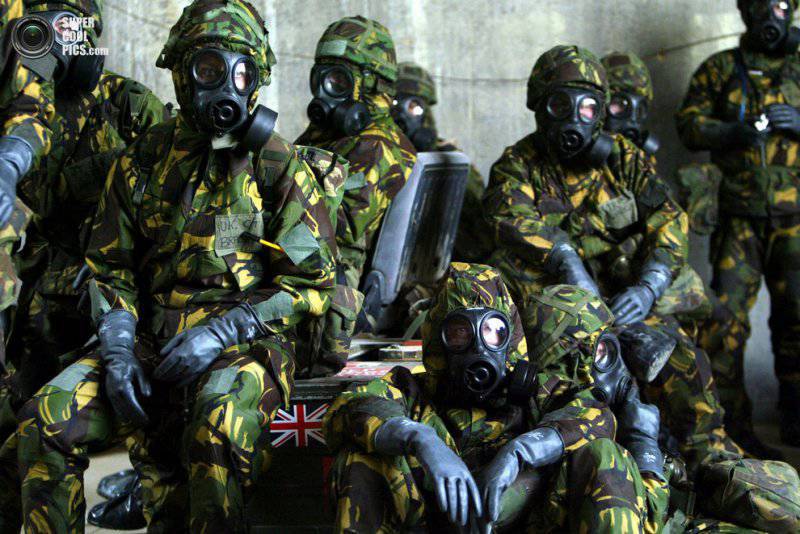
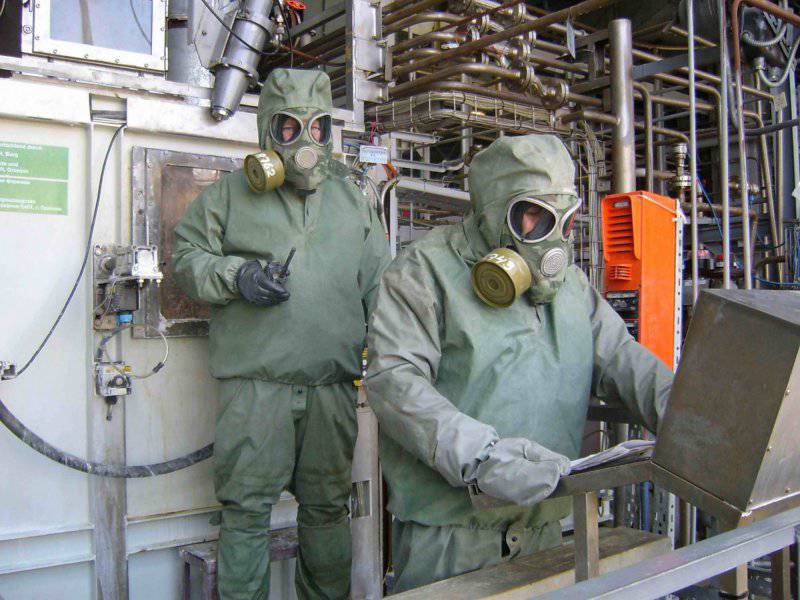
Information